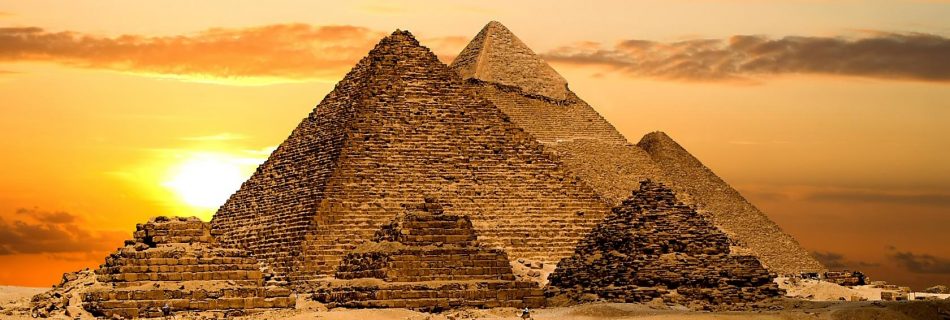Hardening of Pharaoh’s heart
Pharaoh’s heart hardening is a recurring theme in the Exodus account. “The hardening of Pharaoh’s heart is referred to no less than twenty times in the course of the story of the Exodus.” https://aish.com/the-weighing-of-the-heart/ Exod 8:32 (KJV) 32 And Pharaoh hardened his heart at this time also, neither would he let the people go. In …
